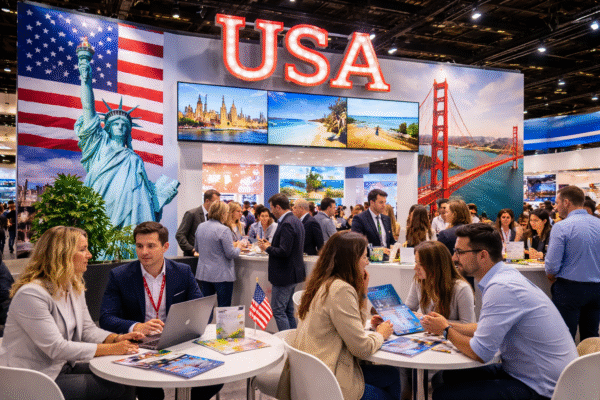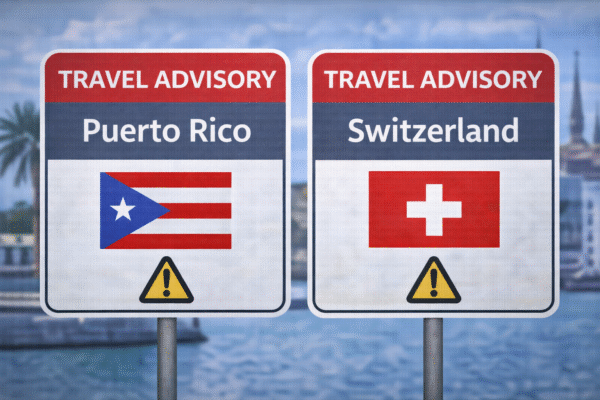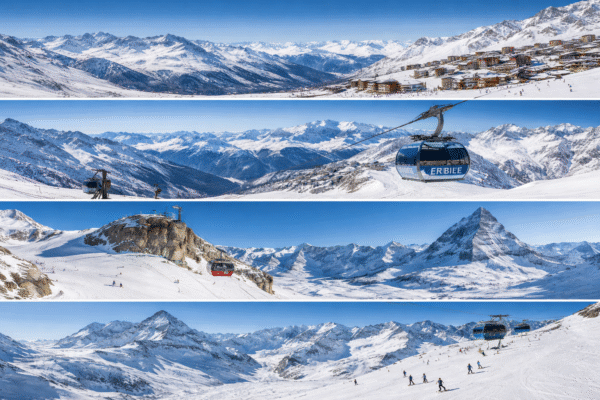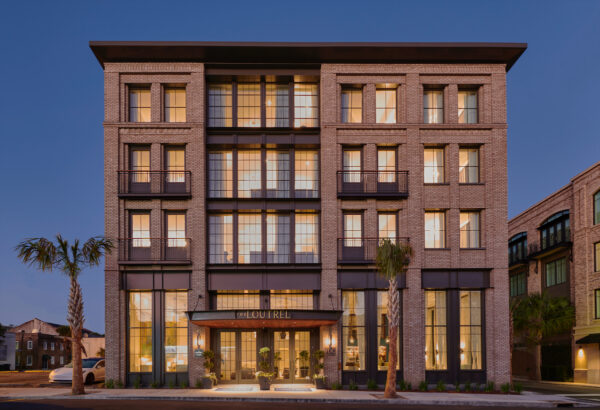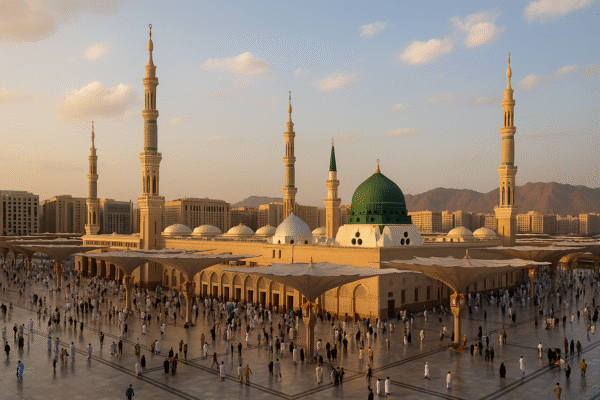Saudi Arabia is witnessing a remarkable surge in international tourism, becoming a driving force in its broader economic transformation. In 2024, the Kingdom welcomed approximately 30 million visitors—an all-time high and about 8–9% more than in 2023. Alongside this, tourism-related spending by international guests soared to roughly SAR 169 billion, representing a near 19% increase. These stellar figures underscore tourism’s pivotal role in advancing Saudi Arabia’s Vision 2030 strategy to diversify away from oil.
Tourism as a Catalyst for Economic Expansion
The International Monetary Fund, in its August 2025 Article IV Consultation Report, lauded Saudi Arabia’s tourism boom as a key contributor to non-oil growth and economic stability. Tourism has helped alleviate external imbalances and slightly reduced the country’s current account deficit, signaling a positive shift in economic dynamics. The IMF further praised the Kingdom’s resilience, citing strong macroeconomic buffers, contained inflation, and record-low unemployment as complementary outcomes of economic diversification. These reforms continue to vindicate the objectives of Vision 2030.
Record-Breaking Visitor Numbers and Tourist Spending
Tourism’s upward trajectory in Saudi Arabia was particularly evident in 2024, with inbound international arrivals reaching about 30 million—a significant milestone in the Kingdom’s modern history. This represents an increase of around 8% from the previous year. International visitor spending followed suit, climbing approximately 19% to reach SAR 168.5–169 billion. Meanwhile, total tourism expenditure—including domestic travel—reached nearly SAR 283.8 billion, highlighting the strength of both inbound and homegrown tourism markets.
Alignment with Vision 2030 Mega-Projects
Supporting the tourism surge is a suite of high-profile initiatives under Vision 2030. Among these is the Red Sea Project, a sustainable luxury tourism destination spanning 28,000 km². Already operational are several flagship resorts: Six Senses Southern Dunes (opened late 2023), Nujuma, a Ritz-Carlton Reserve, and St. Regis resorts launched in early 2024. Inland ventures like the Desert Rock Resort (opened December 2024) are also underway. The sector is set to expand further with developments like Shura Island, Coral Bloom, and Laheq Island in the pipeline. These projects showcase a commitment to eco-conscious, high-end tourism experiences.
In Medina, the Rua Al Madinah development is advancing rapidly. Announced in 2022 and expected to be completed in its initial phase by 2026, the project aims to accommodate up to 30 million Umrah pilgrims by 2030, create tens of thousands of jobs, and contribute billions to GDP. It includes a cultural gem—the Islamic Civilization Village—featuring eight thematic zones dedicated to Islamic heritage across a sprawling 257,000 m².
A Tourism-Driven Economic Future
The surge in visitor numbers and spending is more than a numerical achievement; it signals a structural shift in the Saudi economy. Tourism now stands as a robust pillar supporting employment, infrastructure development, and international engagement. With continued expansion through mega-projects like the Red Sea destinations and Rua Al Madinah, the Kingdom is fast-tracking its transformation into a global tourism powerhouse—well aligned with the lofty targets of Vision 2030.
As Saudi Arabia continues to welcome millions of international guests and invest in world-class destinations, tourism emerges not just as a growth sector but as a defining element of its post-oil economic identity.
For more travel news like this, keep reading Global Travel Wire

